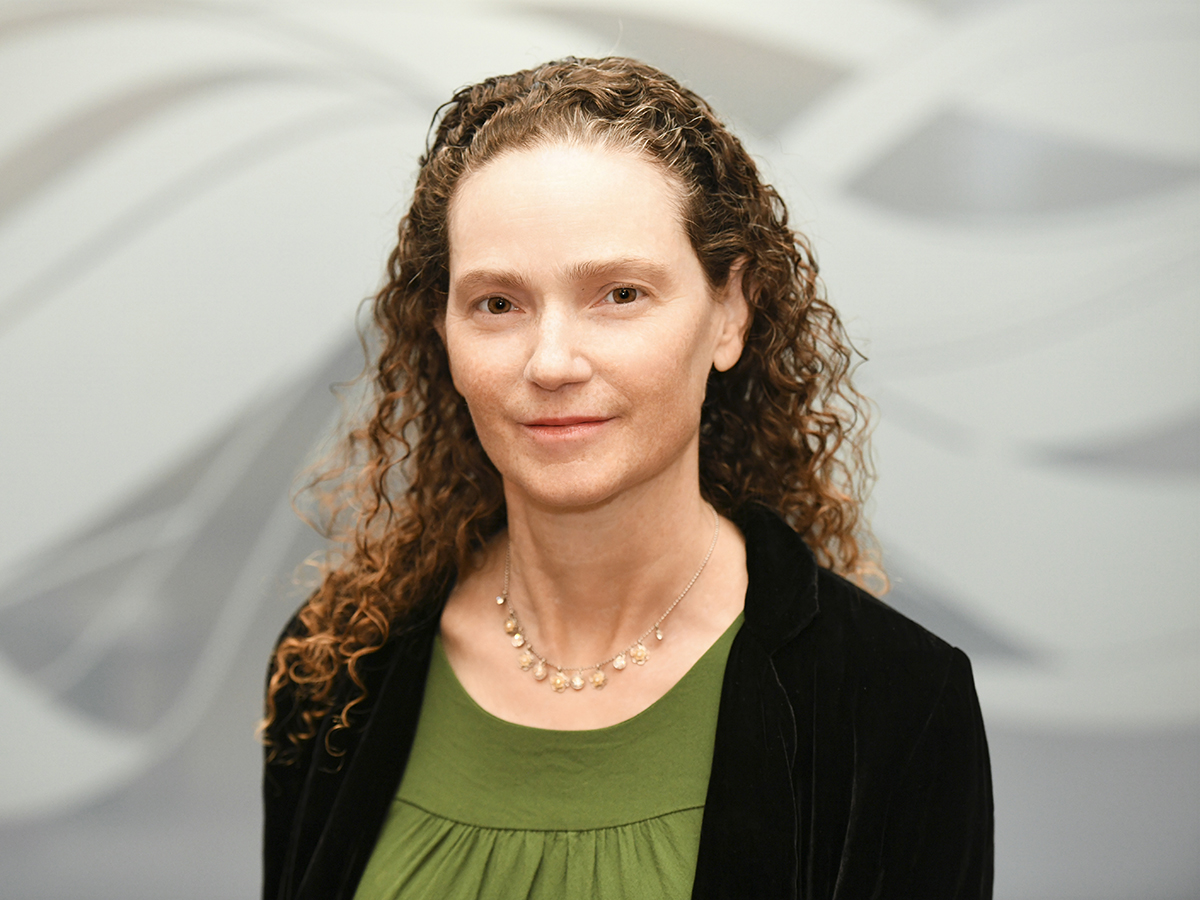
While artificial intelligence may one day be able to remove human bias from financial decision-making, that development remains far in the future, said Lisa Kramer, a professor of finance at the University of Toronto’s Rotman School of Management, during the keynote session at Benefits Canada’s 2024 Defined Contribution Plan Summit in February.
“Human nature is something pervasive, it’s inside all of us. Whatever we do, whatever algorithms we create, we’re creating something from ourselves. And so far, at least until the robots completely take over and start writing their own code, there’s going to be human nature potentially still in the decision-making process; in the inputs, in the outputs we’re still going to see human bias.”
Read: AI holds uncapped potential for pension plan sponsors’ administration, communications: expert
The human impact on investments is large, she said, citing research that analyzed the monthly average spread between the best bid price and the best asked price among the 1,000 largest investment firms that trade on the New York Stock Exchange. It found among firms based in the Northern Hemisphere, spreads were below average between February and July while they were above average between August and January, roughly corresponding with average daily levels of sunlight and suggesting a link between seasonal affective disorder and levels of financial risk aversion.
“Not only are depressed people less likely to take financial risk, but people who become more depressed become less likely to take financial risk — it applies . . . not just across different individuals with different degrees of depression, but as an individual’s own mood changes, their own risk preferences change.”
Read: How Texas’ Teacher Retirement System is incorporating AI into pension governance
From a DC pension plan sponsor perspective, she said AI can support plan members in a number of ways, such as helping to customize a member’s optimal contribution rate, based on their individual demographics. “We can kind of use everything we know about that person, do it on a big scale for everybody who’s in the plan, develop some intelligence and make customized recommendations instead of the cookie-cutter approach.”
The technology has also been used to nudge employees into making better financial decisions, said Kramer, citing a Merill Lynch campaign that prompted plan members to upload a photo that would be digitally altered to represent their desired retirement age.
“When these participants were shown the aged image of themselves, they actually saved more for retirement, compared to participants who were not shown the aged image of themselves.”
Read more coverage of the 2024 DC Plan Summit.
